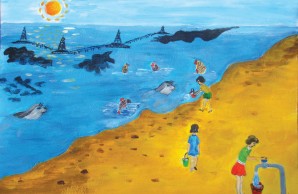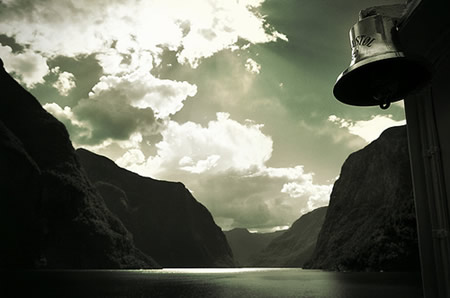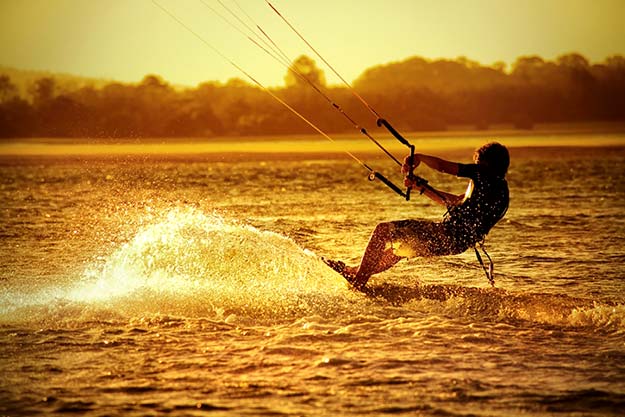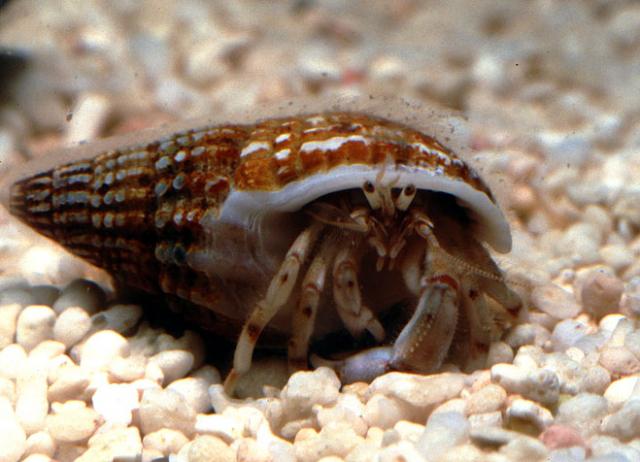Threatened by pollution and climate change, the future of Earth’s largest inland body of water is in the hands of five bordering nations.

A painting by a ten-year-old Azerbaijani girl imaginatively portrays children carrying and pouring clean water into the Caspian Sea, to combat the falling sea level and the pollution that harms the seals and fishes.
Containing some 18,800 cubic miles of water and covering more than 143,000 square miles, the Caspian Sea is the largest inland body of water on Earth. It has about a third the salinity of seawater, however, so it is not the largest freshwater lake (that honor goes to Lake Baikal by volume, or to Lake Superior for area). The salinity is in large part a residue of the sea’s formation. Along with the Black Sea and the Sea of Azov to its west (which are not entirely landlocked) and the Aral Sea to its east, the Caspian is a remnant of the ancient Paratethys Sea. Read more











